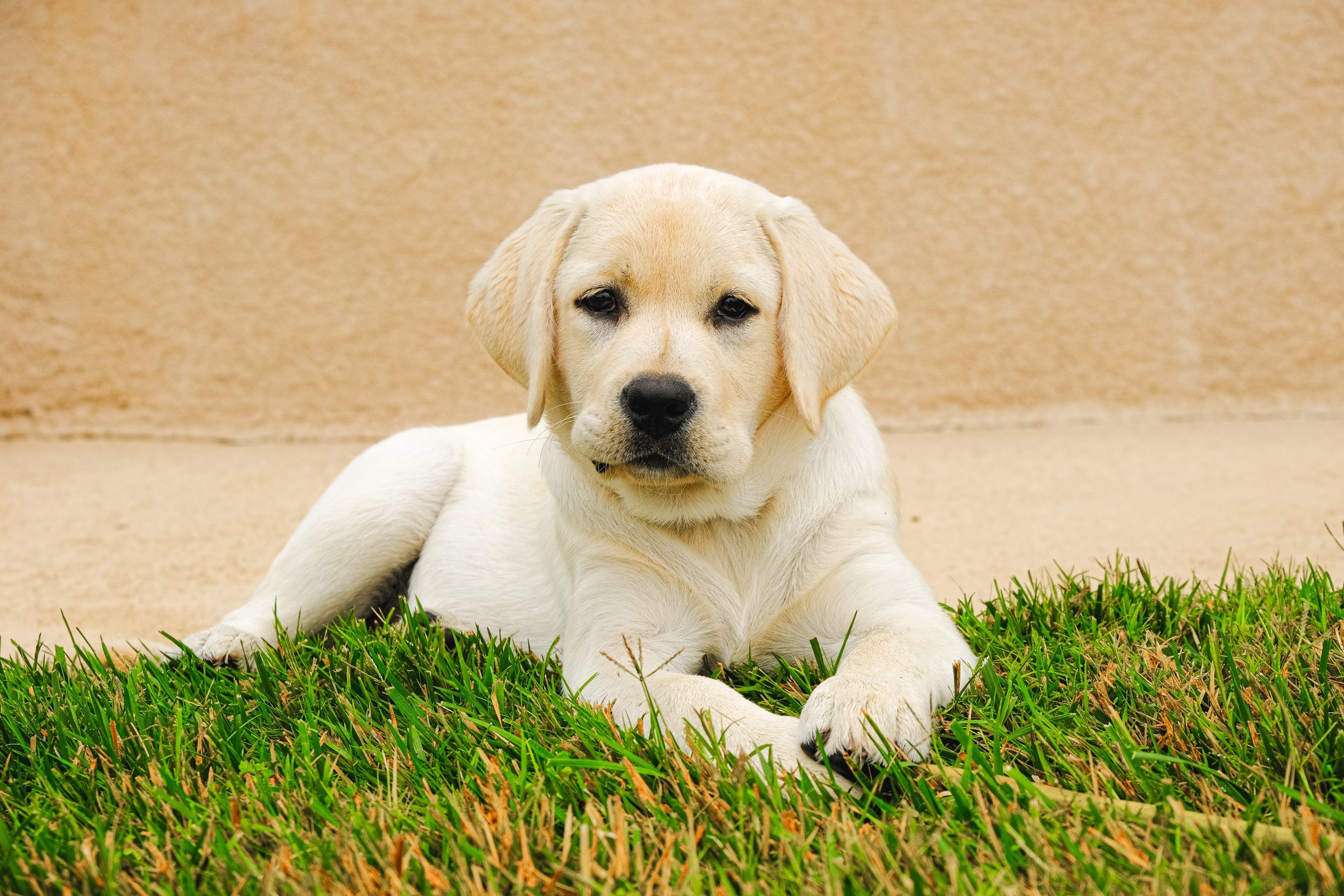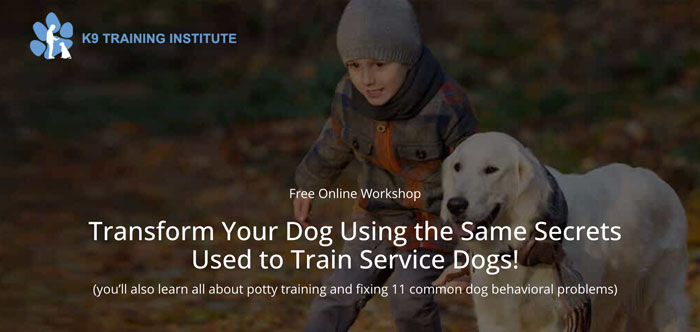Labrador Retrievers are one of the most popular dog breeds, and it’s easy to see why. They are friendly, and energetic, and make excellent family pets. However, like all puppies, a Lab Puppy can develop the habit of biting, and given their exuberant nature, it’s crucial to curb this behavior as early as possible. This 1,200-word guide aims to equip you with the necessary tools and techniques to stop your Lab Puppy from biting effectively.
 1. Understanding the Reasons Behind Biting
1. Understanding the Reasons Behind Biting
Before taking corrective measures, it’s important to understand why your Lab Puppy is biting in the first place. Here are some common reasons:
- Teething: Much like human babies, a Lab Puppy goes through a teething phase that can be quite uncomfortable, leading them to bite.
- Exploration: Lab Puppies are naturally curious and use their mouths as a tool to explore their environment.
- Playfulness: Your Lab Puppy might be trying to initiate play and doesn’t understand that biting is not a socially acceptable way to do so.
- Lack of Training: The Lab Puppy might not have been taught that biting is an undesirable behavior.
2. Immediate Measures to Stop Biting
Verbal Cues and Redirection
As soon as your Lab Puppy bites, give them a clear but not overly loud or intimidating verbal cue like “No!” or “Ouch!” This marks the behavior as undesirable. Immediately redirect the Lab Puppy to a more appropriate object like a chew toy. This helps your Lab Puppy understand what is acceptable to bite and what isn’t.
Time-Outs
If verbal cues and redirection fail to produce the desired outcome, consider implementing a time-out strategy. Place your Lab Puppy in a safe, confined space for a couple of minutes to let them know that biting leads to undesirable consequences like social isolation.
Positive Reinforcement
Always reward good behavior. If your Lab Puppy chooses a toy over your hand to bite, offer plenty of praise or even a small treat. Positive reinforcement encourages good behavior in your Lab Puppy.
3. The Crucial Role of Socialization
For a Lab Puppy, early socialization is essential to become a well-rounded adult. Introduce your Lab Puppy to a variety of people, animals, and environments. This not only reduces the chances of fear or anxiety but also minimizes instances of aggressive or anxiety-induced biting later in life.
4. Bite Inhibition Training
This technique teaches a Lab Puppy to moderate the force of their bite. During playtime, allow your Lab Puppy to mouth your hand but make a yelping sound and stop playing if they bite too hard. This helps the Lab Puppy understand that biting disrupts fun activities and should be avoided.
5. Consistency is Key
Everyone interacting with your Lab Puppy should be on the same page regarding the “no biting” rule. Consistency in training and responses to biting is crucial for quick and effective learning.
6. Professional Help
If, despite your best efforts, the Lab Puppy continues to bite, it may be time to consult a professional dog trainer or a veterinary behaviorist. These experts can offer tailored solutions and may identify underlying issues that you might have overlooked.
7. Preventive Measures for Long-Term Success
Physical Exercise
Labrador Retrievers are energetic dogs, and their puppies are no different. Ensure that your Lab Puppy gets plenty of physical exercise to burn off that excessive energy, making them less likely to engage in destructive behaviors like biting.
Mental Stimulation
Mental exercises are equally important for a Lab Puppy. Use puzzle toys, teach them new commands, or engage them in games that require them to think. This keeps their mind occupied and reduces the likelihood of biting as an outlet for boredom or frustration.
Suitable Chew Toys
Provide your Lab Puppy with a variety of chew toys. This not only helps during the teething phase but also gives them an appropriate outlet for their natural desire to chew and bite.
An Online Dog Training Course Can Help Your Lab to Stop Biting
Our 2 favorite online courses are:
1. SpiritDog’s “Perfect Obedience” Course
The Perfect Dog Obedience Bundle is an online dog training program designed to help dog owners achieve well-behaved pets. The comprehensive course covers basic obedience, biting, and loose leash walking, and includes bonus mini-courses on training habits and rewards, stopping jumping, and separation anxiety solutions. With lifetime access to expert trainers for personalized feedback and a 60-day money-back guarantee, this course aims to provide effective, accessible training for a variety of dog behavior issues.
2. K9 Training Institute’s “Dog Masterclass”
More than just an obedience course, this more comprehensive training course tackles any behavior problem you might face with your dog.
Conclusion
Stopping your Lab Puppy from biting is a multi-pronged approach that involves understanding the root cause, consistent training, and providing appropriate outlets for their energy and curiosity. It may be a challenging phase, but remember, with patience and consistent effort, your Lab Puppy will grow out of it to become the friendly, well-mannered dog that Labradors are famous for. Each Lab Puppy is unique, so don’t hesitate to adapt these guidelines to fit the specific needs and temperament of your furry friend. With time, love, and proper training, your Lab Puppy will surely become a well-behaved member of your family.


 Toledo, United States.
Toledo, United States.
